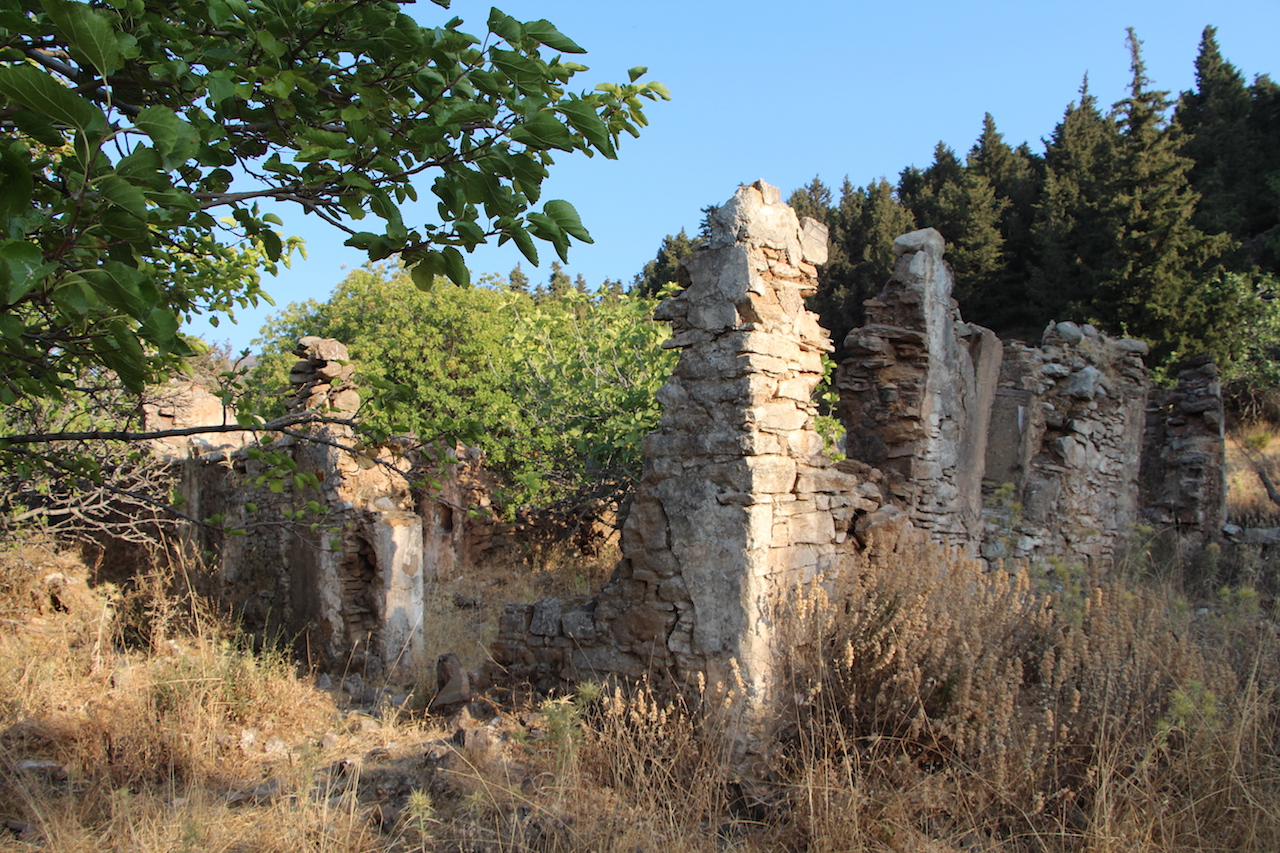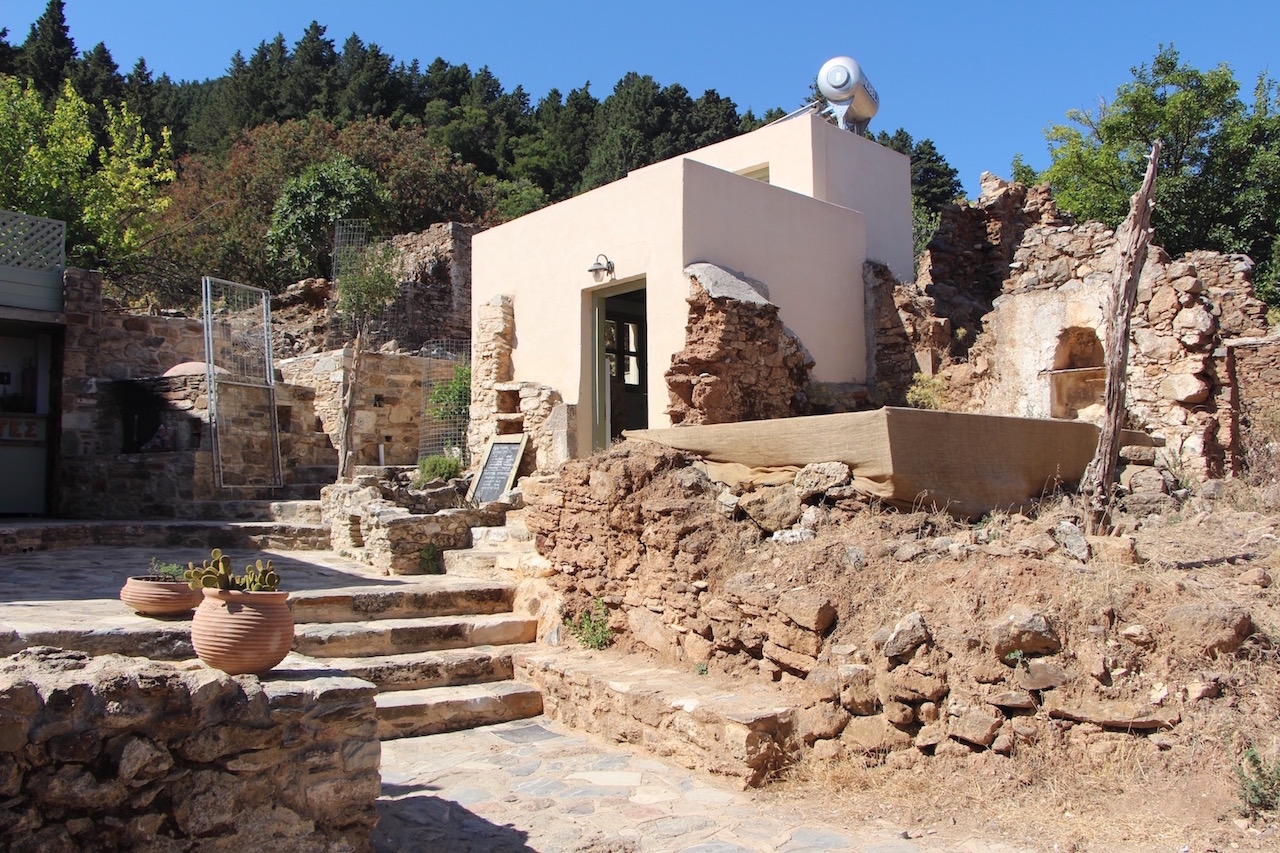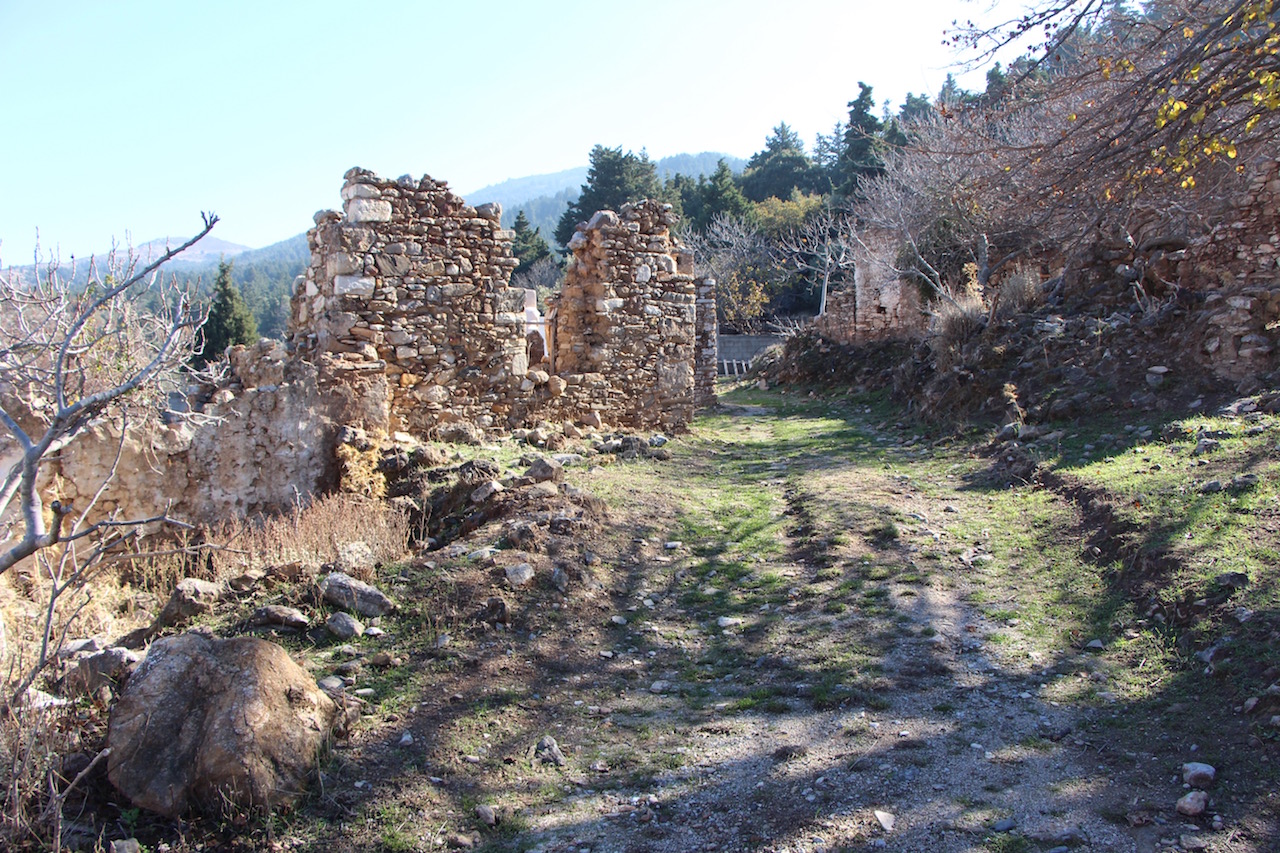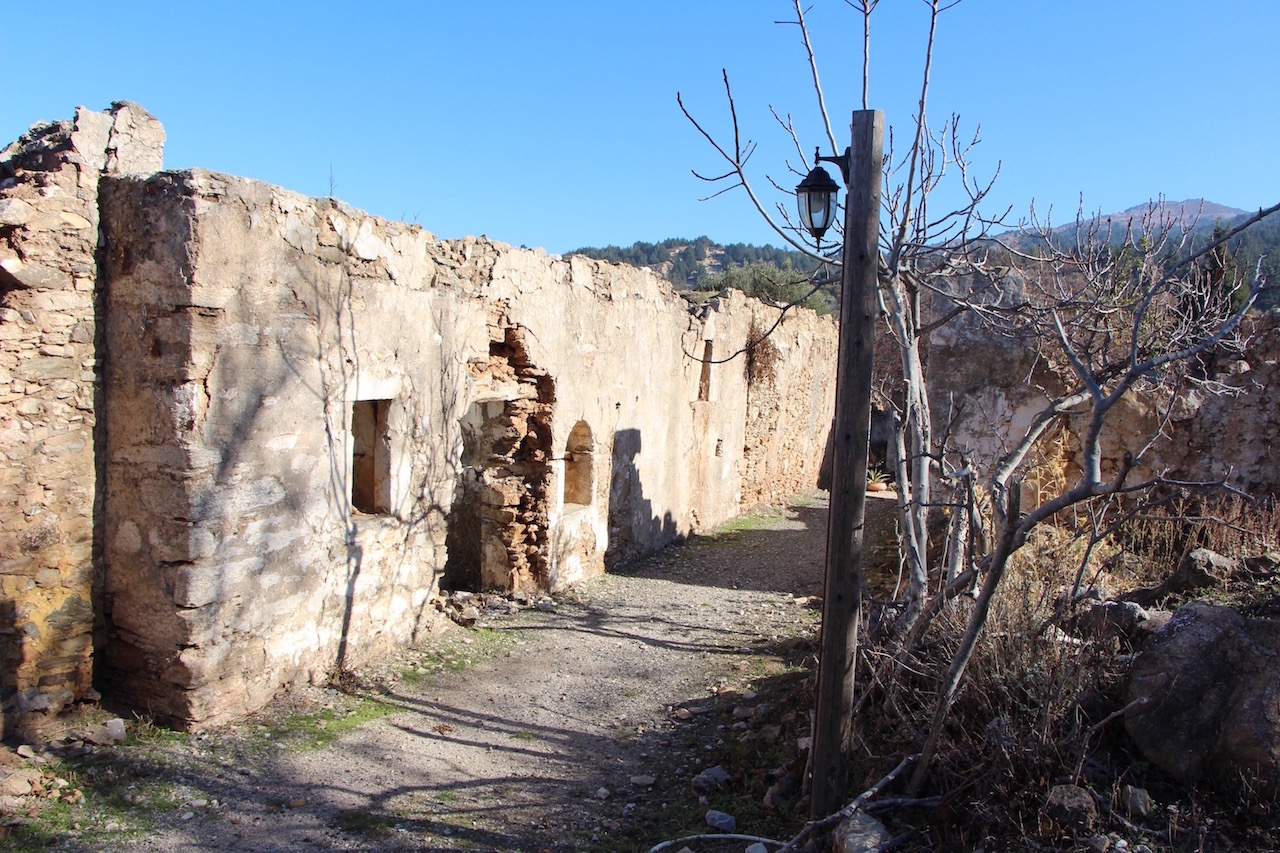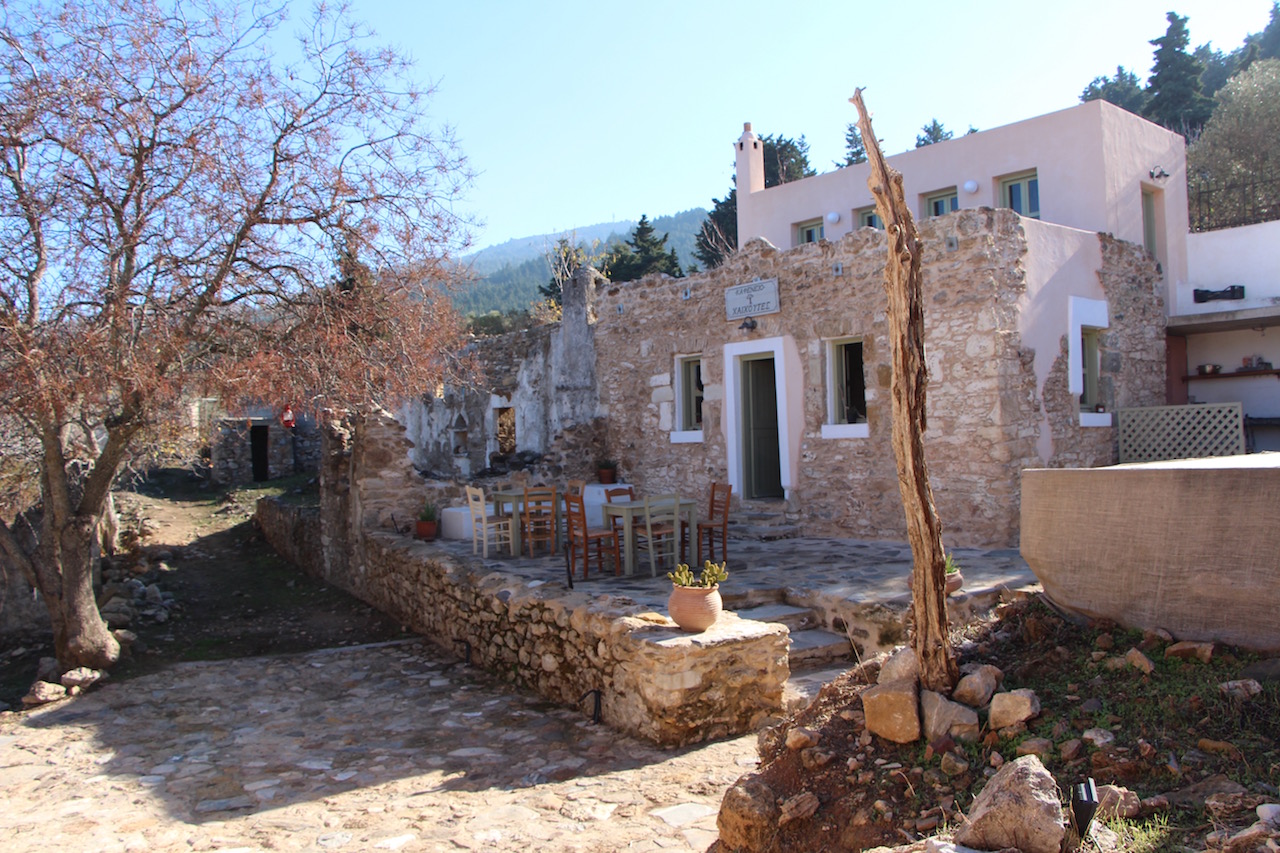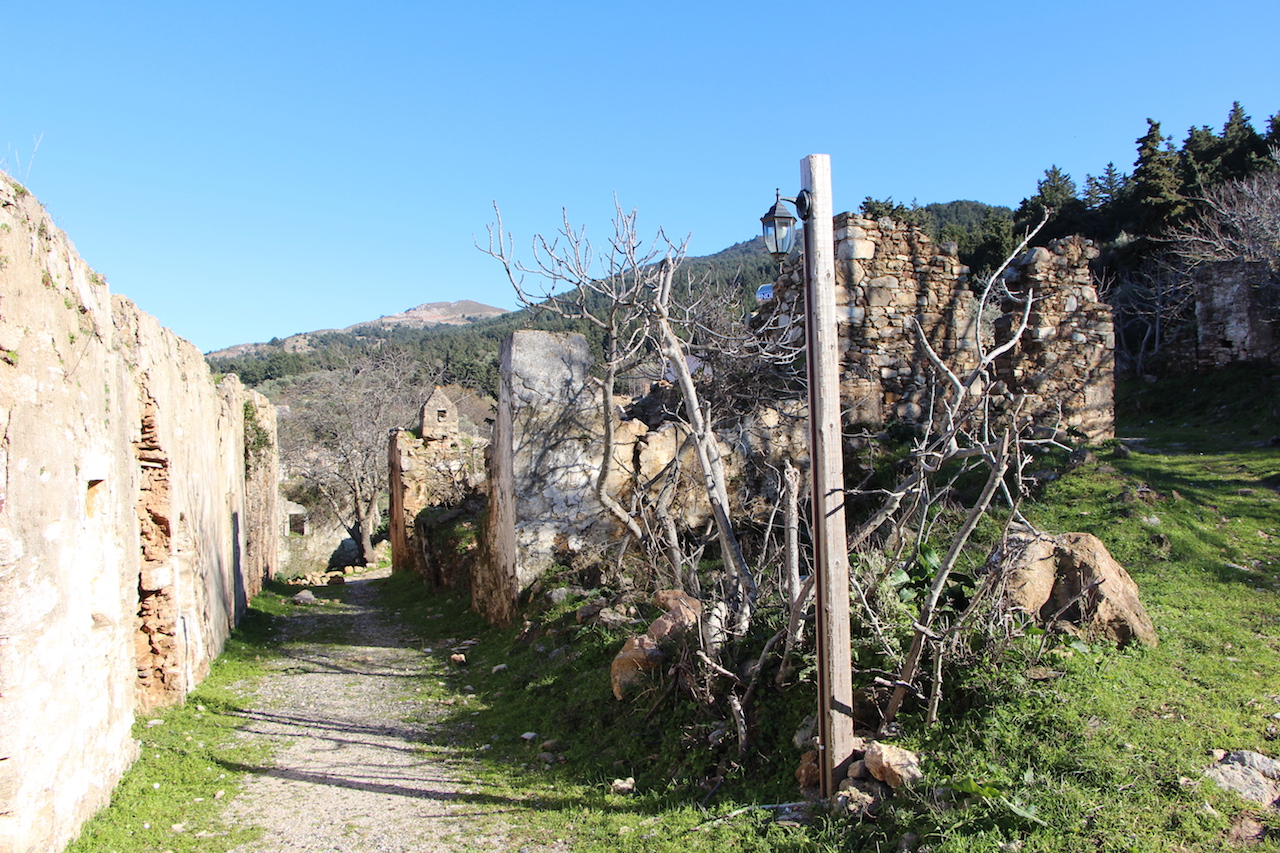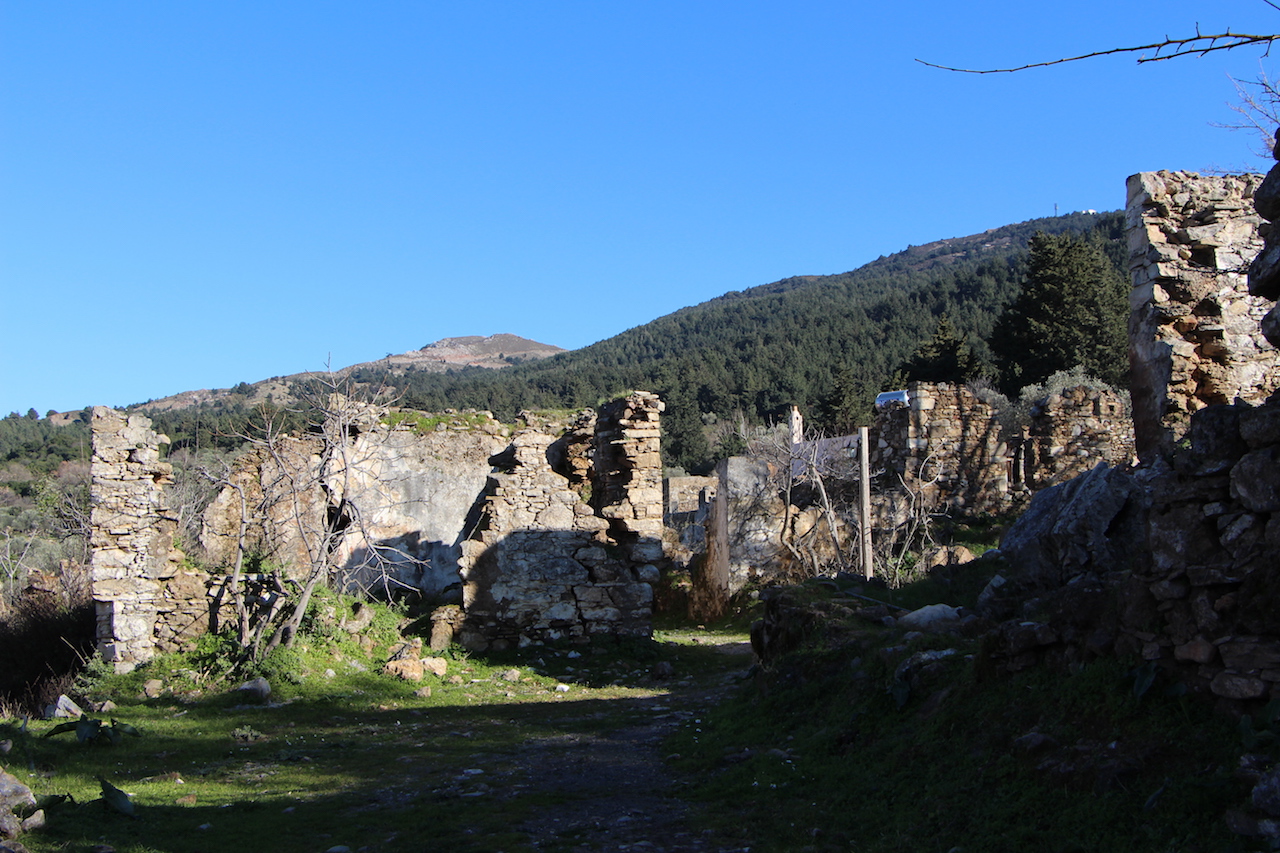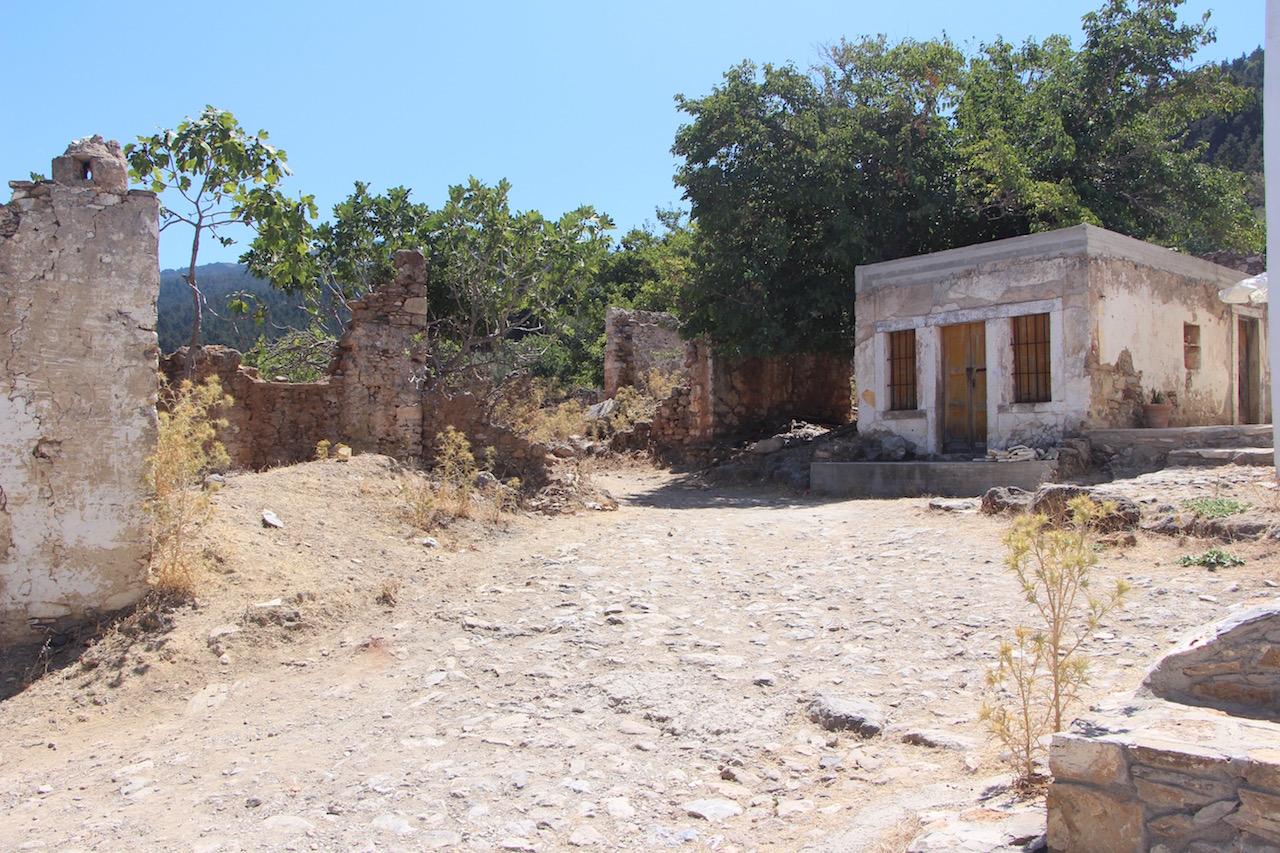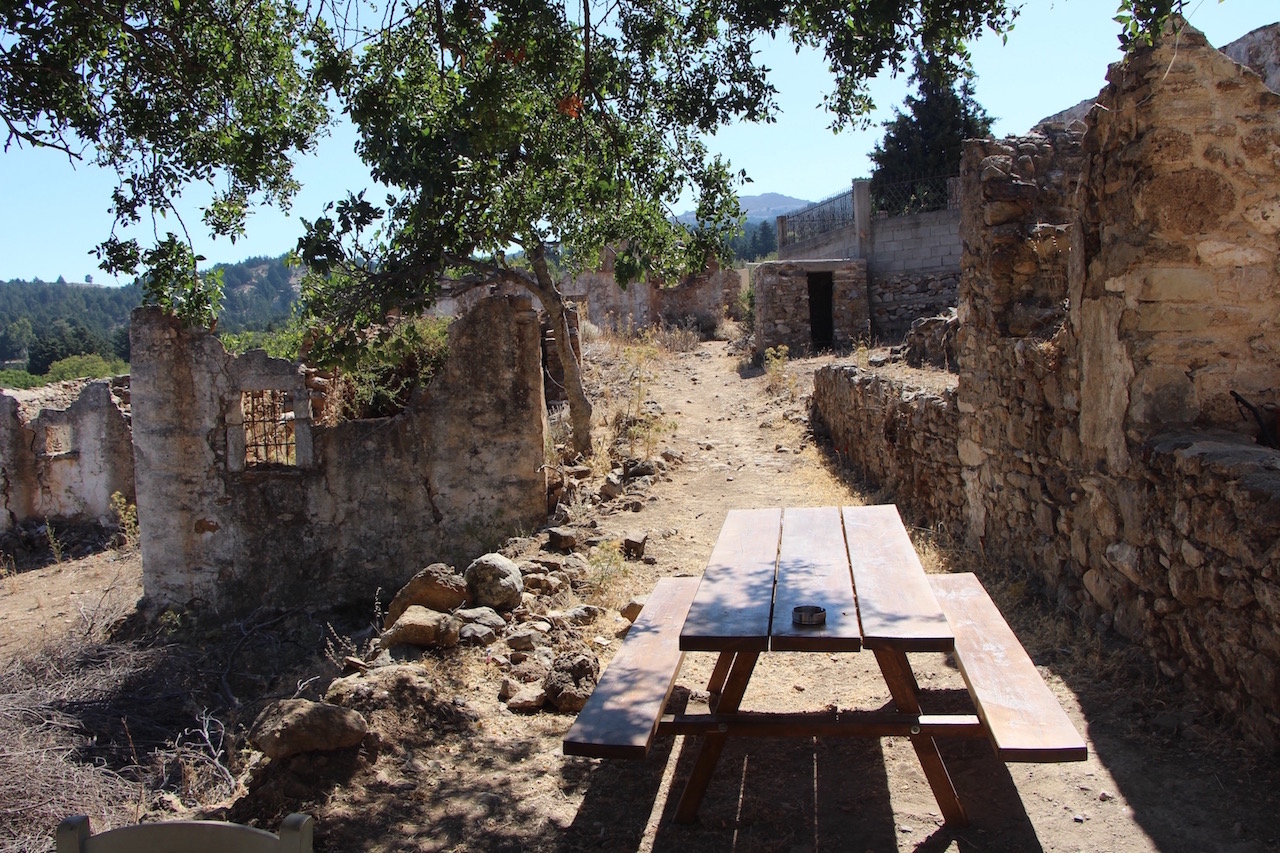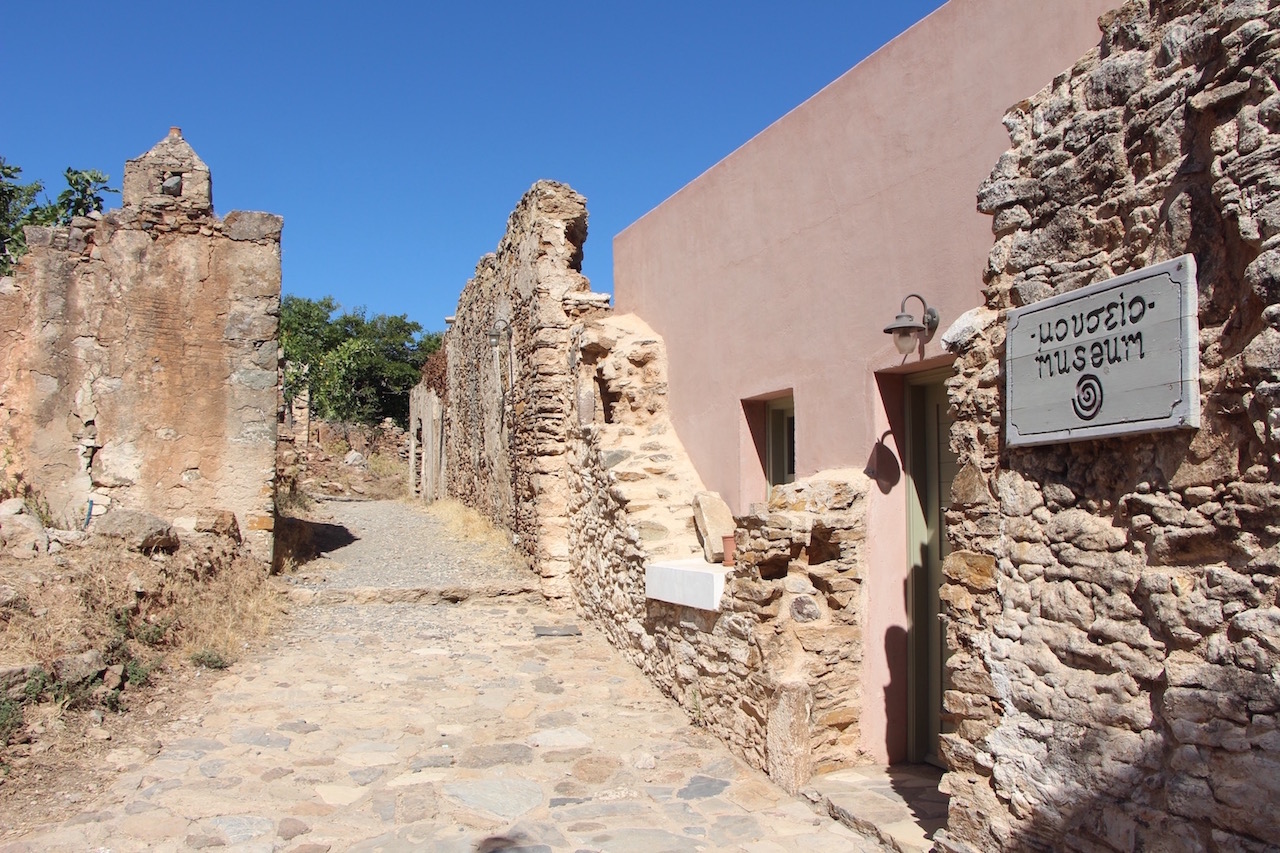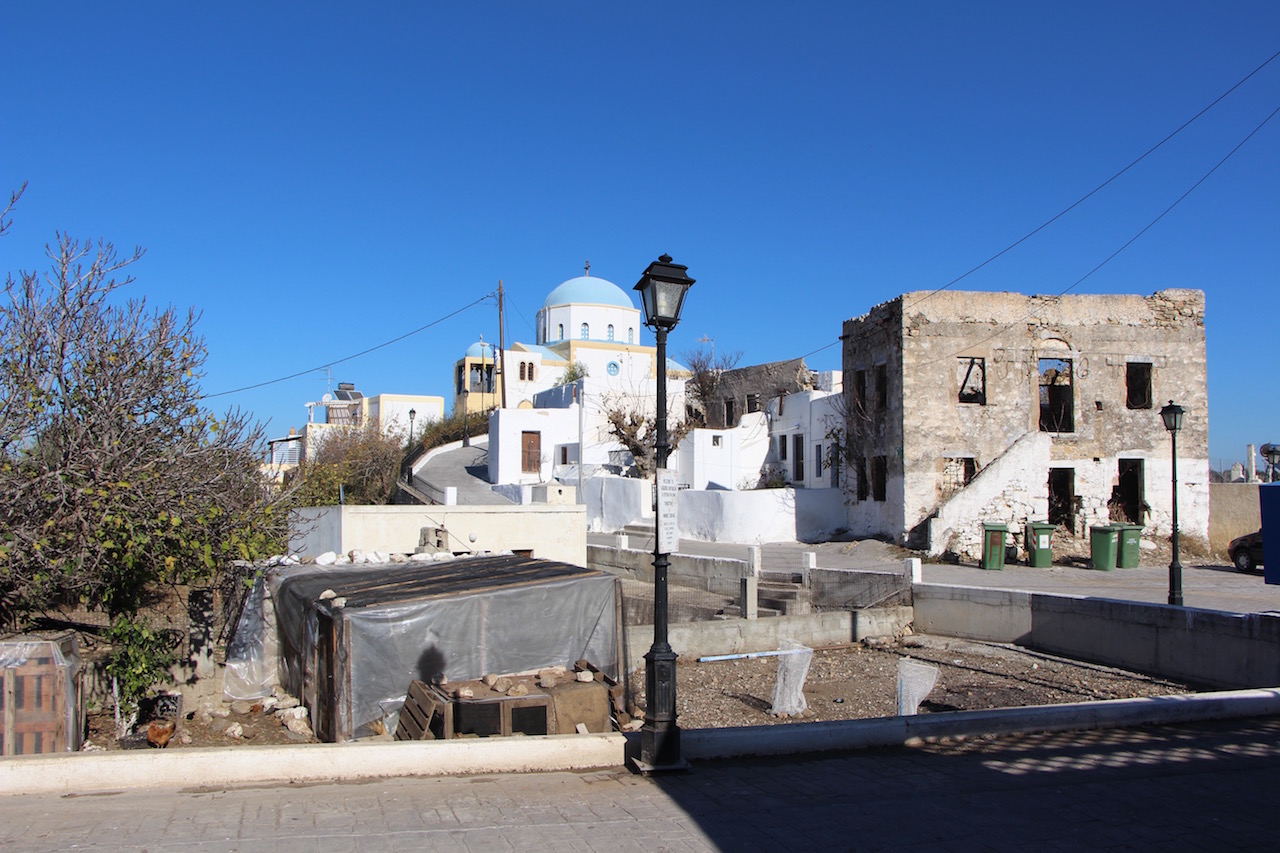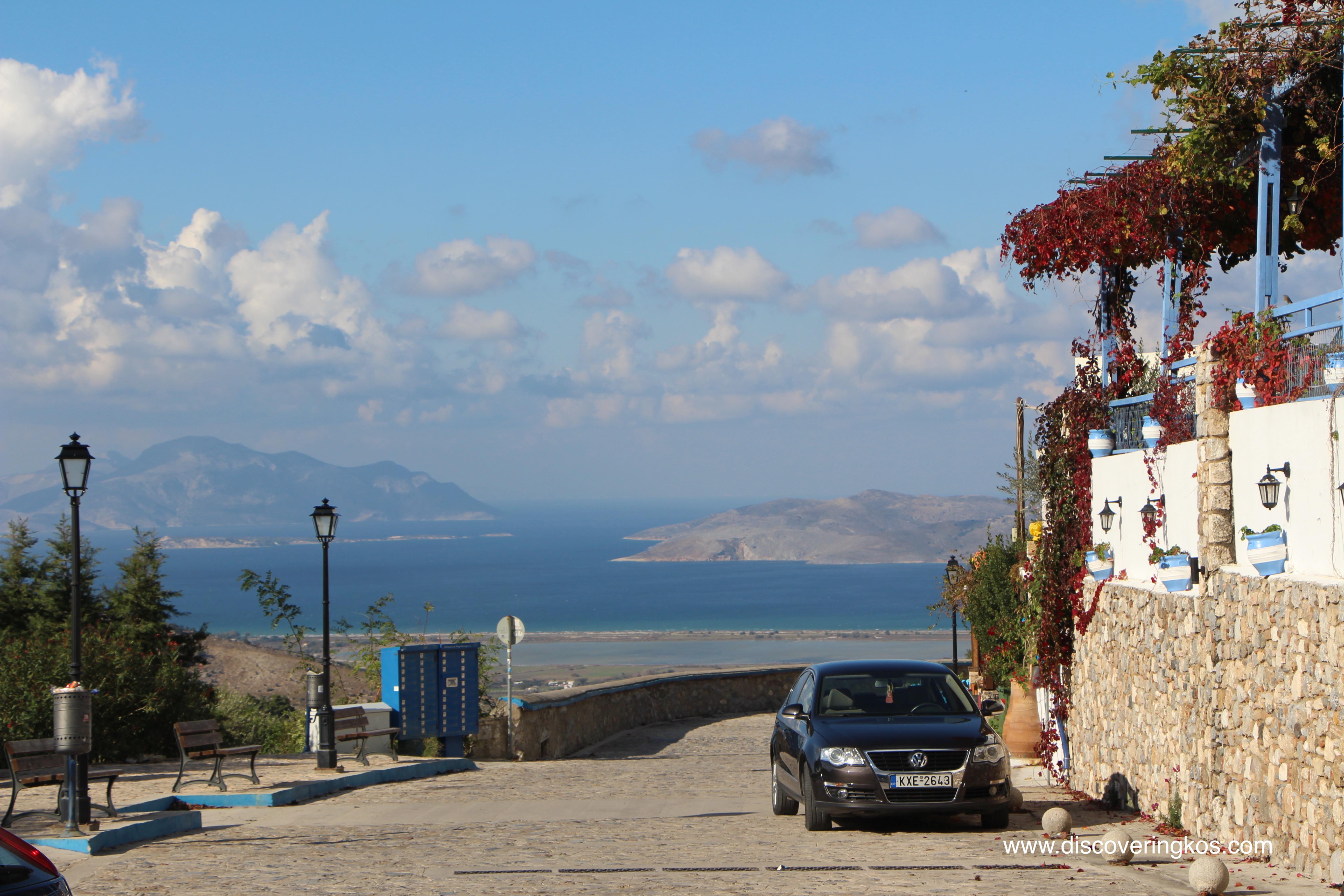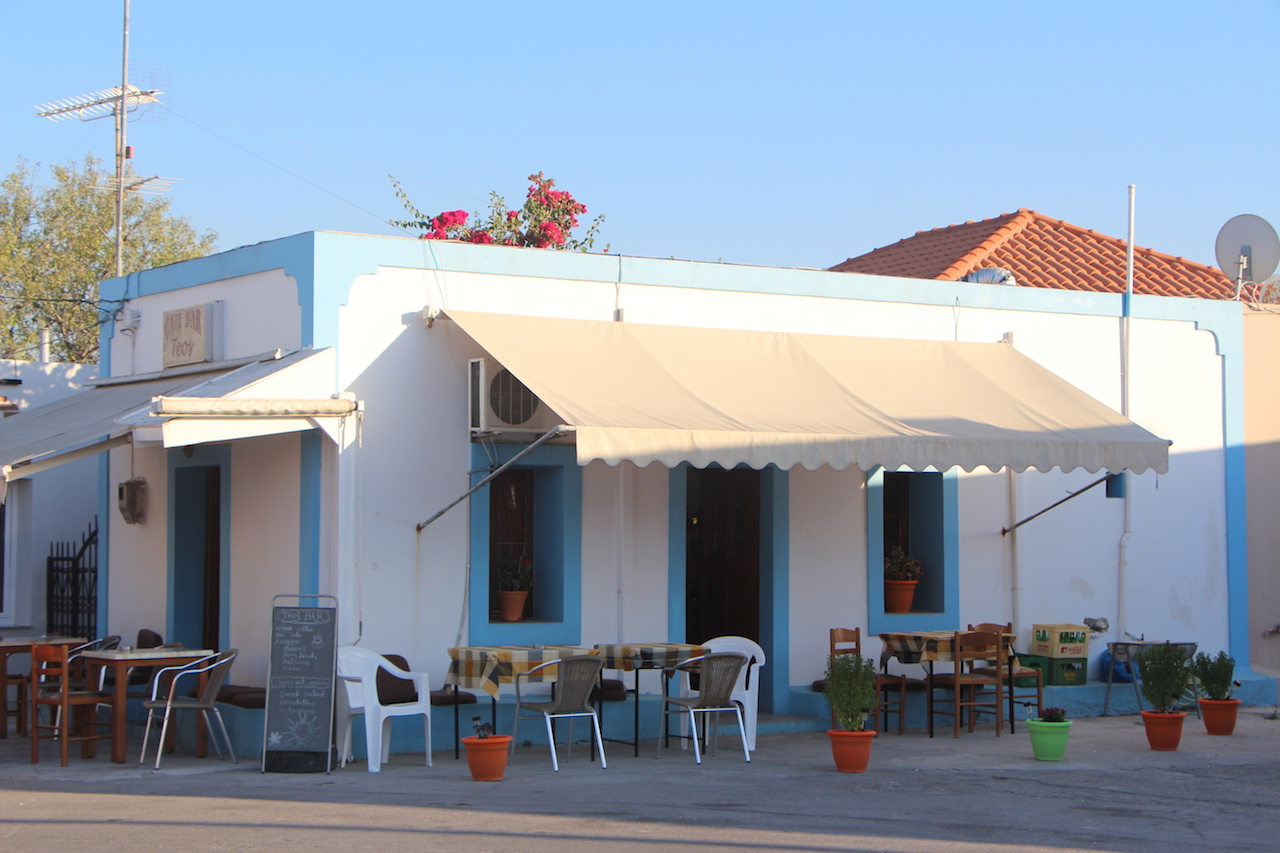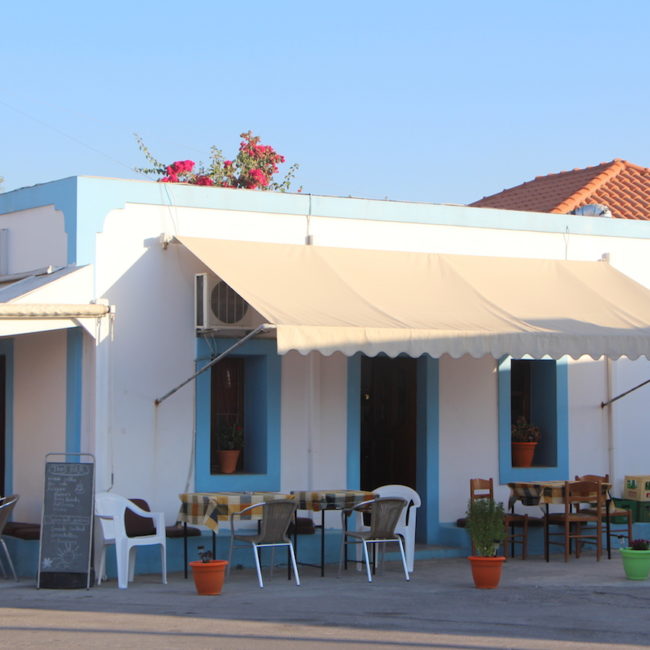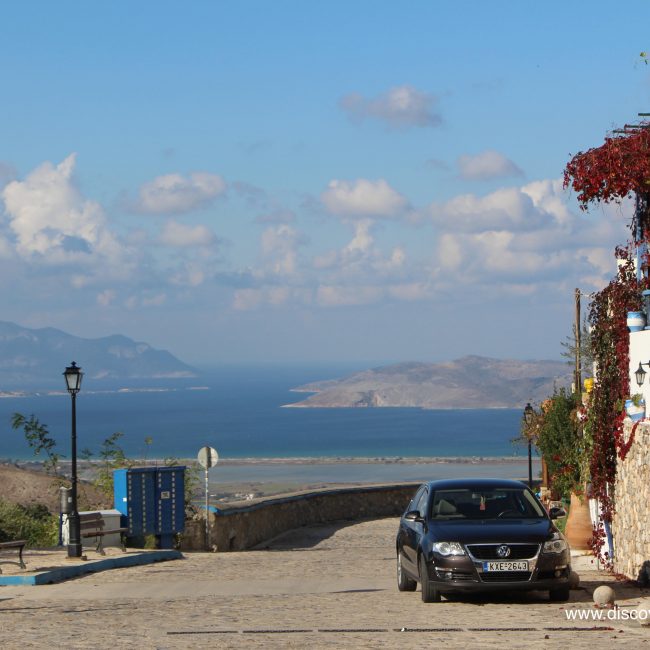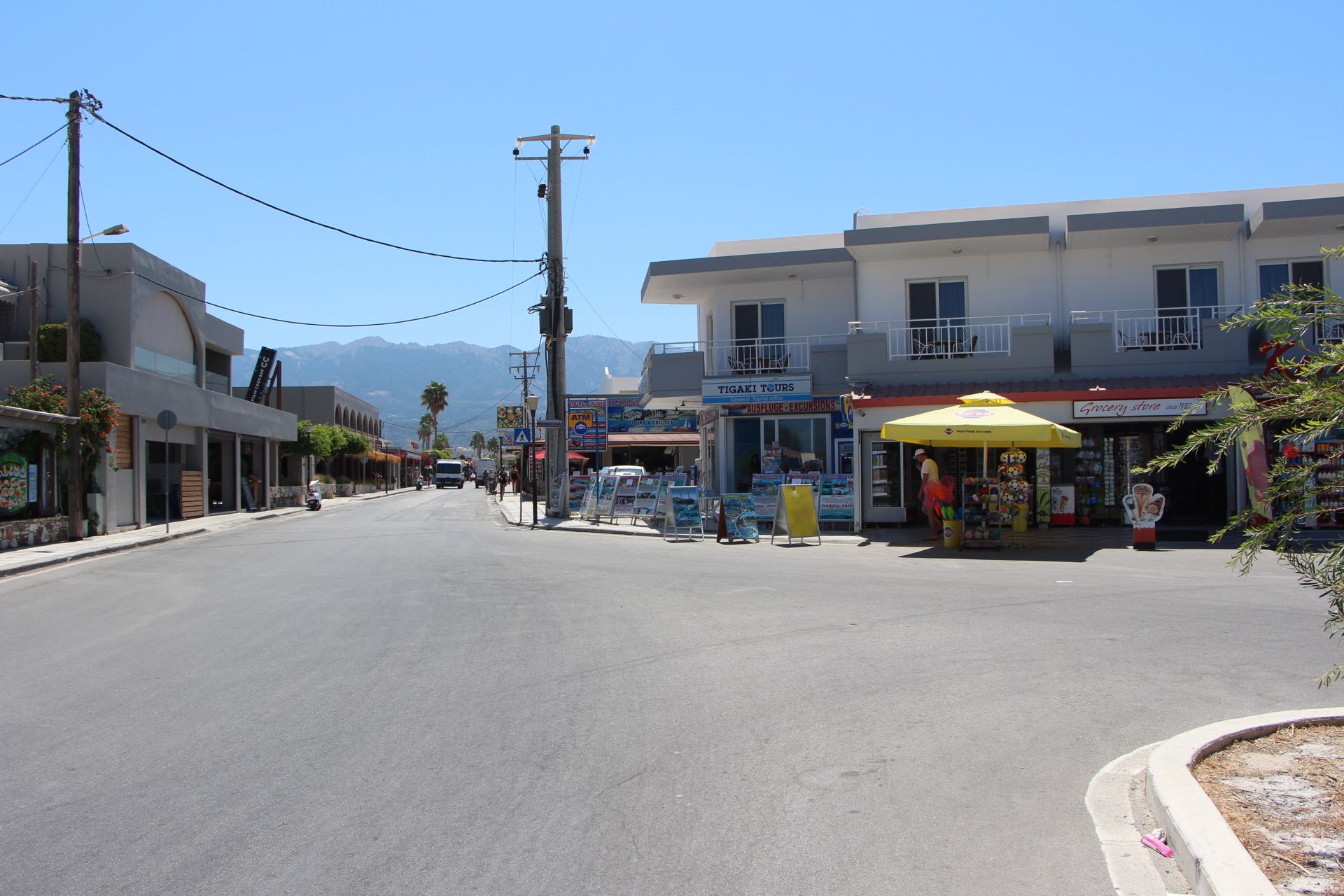
Nestled on the road from the Asclepeion to Zia, just before reaching Assomatos, lies the picturesque village of Haihoutes, or what remains of it. Originally the eastern quarter of Asfendiou, this once-thriving village has largely been abandoned since the 1960s. Despite its decline, Haihoutes has seen a resurgence of interest thanks to a popular taverna and its surrounding attractions.
The taverna, a focal point of the village, has brought new life to Haihoutes by offering delicious traditional Greek cuisine and hosting lively events with bouzouki music and dancing. The owners have also established a small museum, showcasing local history and artifacts, providing a fascinating glimpse into the past.
Visitors to Haihoutes can explore the charming church of Aghios Dimitrios, which still stands amidst the ruins. The village’s name may derive from the Armenian term “Haik” or more likely from the family name of its early settlers. Historical accounts, such as those by Bavarian archaeologist Ludwig Ross in 1844, suggest Haihoutes might have been inhabited by black soldiers or Turco-Cretans who settled here.
Haihoutes’ strategic location made it a refuge during World War II, offering safety from Turkish forces due to its high, defensible position. Today, the village’s serene and somewhat eerie ambiance, with its crumbling houses and wild vegetation, attracts tourists who appreciate its unique charm and history.
Whether you’re exploring the remnants of its past, enjoying a meal at the taverna, or simply soaking in the tranquil atmosphere, Haihoutes offers a unique and enriching experience on the island of Kos.
(Source: V. Hatzivasileiou, History of the Island of Kos)





